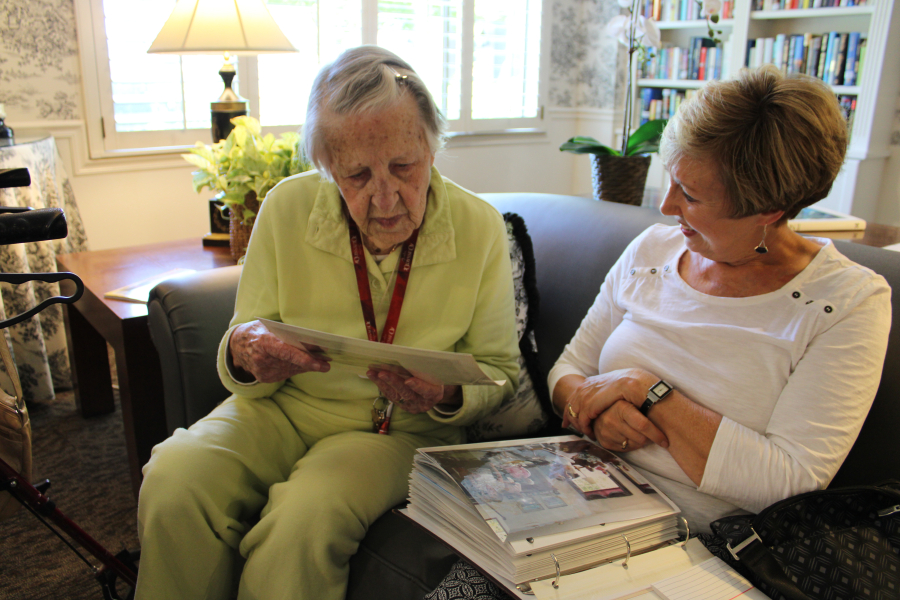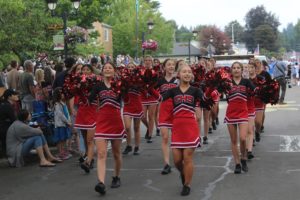A few days before celebrating a milestone most folks will never know, Cay Knapp Smith reflects on something a doctor told her when she was in her 30s.
“I smoked, and my doctor said, ‘Quit or die,'” Knapp Smith says. “So I quit.”
That was nearly 70 years ago. This week, on Tuesday, Aug. 27, Knapp Smith turned 100.
“I don’t know why I’ve lived so long,” she says. “My family all died young. My dad died at 53 and my husband was 55.”
Knapp Smith may take after her mother, Winifred (Fike) Knapp. An adventurous woman who left her family in the early 1900s to travel west by herself, Winifred Knapp had three children, survived breast cancer as well as a double mastectomy and lived to see her 75th birthday.
“Her family did not approve, but as soon as she got through college, she went west,” Knapp Smith says of her mother. “She took the train to California. That’s where she met daddy.”


